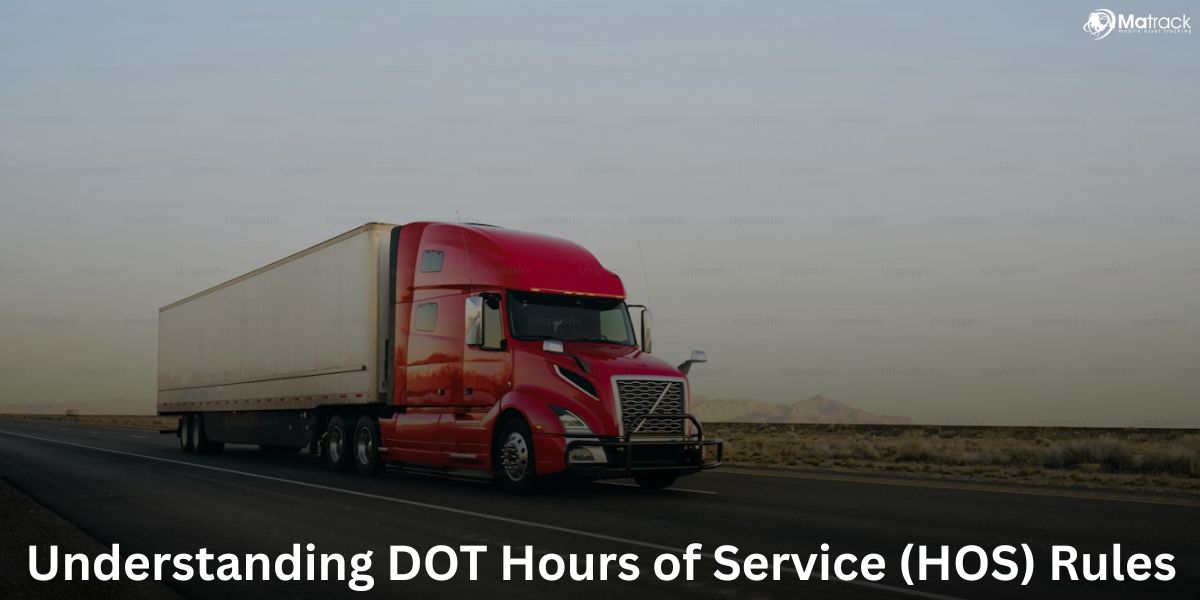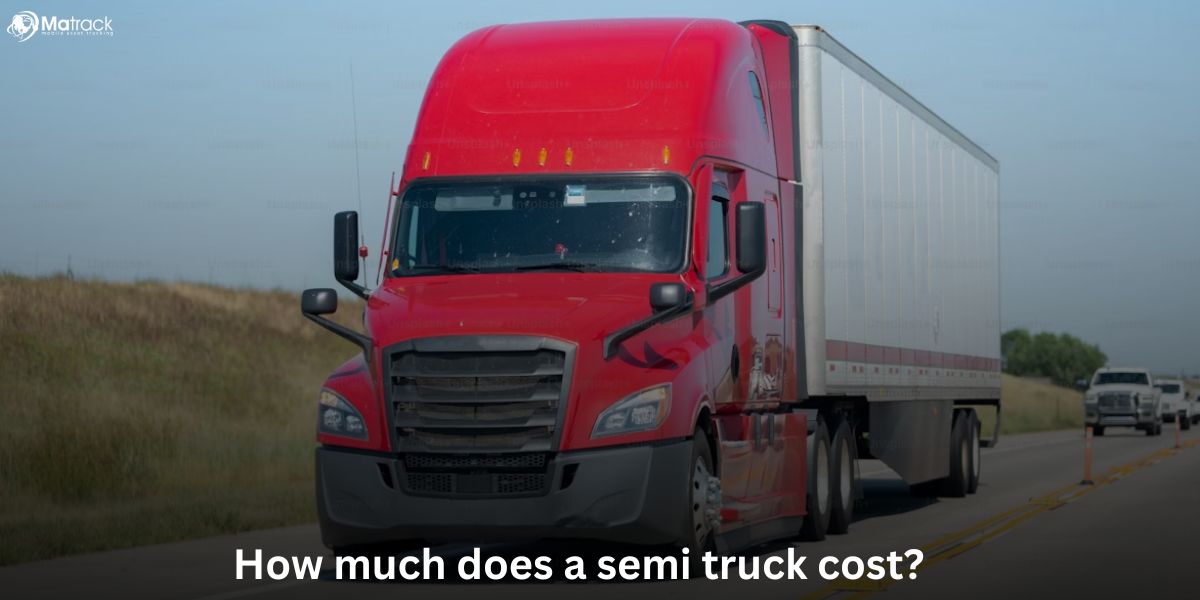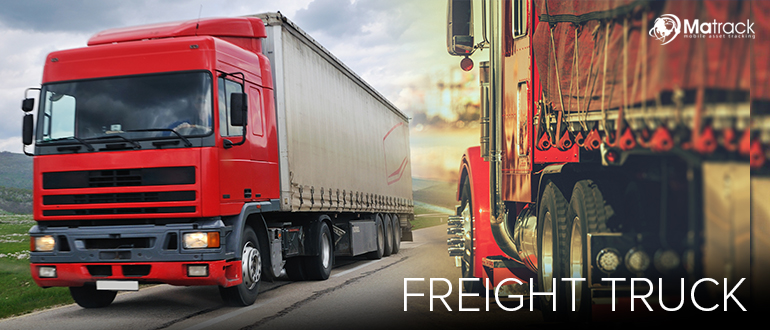Key Takeaways:
- LTL shipping is best for smaller freight under 15,000 pounds where multiple shippers share trailer space and cost.
- TL shipping fits large shipments needing a full truck, offering faster delivery and less risk of damage.
- Choosing between LTL and TL depends on shipment size, delivery speed, budget, damage risk, and control.
- Matrack fleet solutions improve both LTL and TL shipping with real-time GPS fleet tracking, ELD compliance, and dash cam.
What is LTL Shipping?
LTL (less than truckload) is a shipping method used when freight doesn’t fill an entire truckload. It allows multiple shippers to share space in one trailer and split the transportation cost based on how much space their cargo uses.
Key Characteristics of LTL Shipping
- Shipment Size: Fits freight weighing between 150 and 15,000 pounds; ideal for loads that don’t fill a full trailer.
- Cost Efficiency: Reduces cost by sharing trailer space; best suited for small to medium-sized shipments.
- Transit Time: Takes longer due to multiple stops and transfers along the delivery route.
- Handling: Involves frequent loading and unloading; increases the risk of minor damage.
- Flexibility: Accommodates businesses with inconsistent shipment sizes or schedules.
Pros and Cons of LTL Shipping
| Pros | Cons |
| Lower cost for small shipments | Longer transit times due to multiple stops |
| Frequent departures and availability | Higher risk of damage from frequent handling |
| Environmentally friendly due to shared transport | Limited control over delivery schedules |
What is TL Shipping?
TL (truckload) is short for Full Truckload shipping. It’s used when a shipment is large enough to fill an entire truck or when a business needs exclusive use of the trailer for faster, more controlled delivery.
Key Characteristics of TL Shipping
- Shipment Size: Best for loads over 15,000 pounds; fills the entire trailer with one shipper’s freight.
- Cost Efficiency: More economical for large shipments; cost per unit drops as volume increases.
- Transit Time: Faster delivery due to direct routes and no terminal transfers.
- Handling: Minimal loading and unloading reduces risk of damage.
- Control: Offers greater control over pickup times and delivery schedules.
Pros and Cons of TL Shipping
| Pros | Cons |
| Faster transit times with direct routes | Higher costs for underutilized truck space |
| Lower risk of damage due to minimal handling | Requires large, consistent shipment volumes |
| Full control over scheduling and routing | Limited flexibility for smaller shipments |
What is the Key Difference Between LTL vs. TL
Shipment Size and Weight
Start by looking at how much your shipment weighs and how much space it takes up. If it’s a smaller load that doesn’t fill an entire trailer, LTL works well; for bigger shipments that need the whole truck, TL is the better fit.
Delivery Time Requirements
Think about how quickly your shipment needs to arrive. TL is faster because it goes directly from pickup to delivery without extra stops, while LTL might take longer due to multiple drop-offs and transfers.
Budget Constraints
Your shipping budget plays a big role in choosing the right method. LTL is usually cheaper for small loads since you’re only paying for the space you use, but TL offers better value for larger shipments by lowering the cost per unit.
Risk of Damage
The condition of your shipment matters, especially for fragile goods. TL shipping keeps everything in one truck with fewer touchpoints, so there’s less risk of damage compared to LTL, which involves more handling at different stops.
Flexibility and Control
Consider how much control you need over timing. TL gives you more flexibility to schedule pickups and deliveries exactly when you want, which is useful for urgent or sensitive shipments.
Improve Your LTL and TL Shipping With Matrack Fleet Management Solutions
Matrack’s GPS fleet tracking makes it easy to know where every truck is, anytime. You get real-time updates, which means fewer delays, smarter routes, and better communication with customers.
Electronic Logging Device (ELD) from Matrack helps you keep things compliant and organized. Drivers’ hours are logged automatically, so there’s no guesswork or paperwork piling up.
With AI-powered fleet dash cam, you get an extra layer of safety on the road. They help you spot risky driving, handle claims faster, and keep insurance costs under control.



